What are an AI Agents? How do they works?


Most businesses use many tools and teams to manage daily work—support, marketing, sales, hr and more. But even with all this, things often get missed. Tasks are repeated. Teams are stretched. And customers or employees wait longer than they should.
AI agents help fix that.
An AI agent is a smart system that can understand tasks, make decisions, and take action—on its own. You can train it using your data and connect it to your tools. It can then reply to customer questions, guide new employees, qualify leads, send reports, and more.
Unlike chatbots that just follow a script, AI agents improve over time. They work across departments and are active 24/7. This means less manual work for your team and faster results for your business.
In this blog, you’ll learn what AI agents really are, how they work, and where they’re used across industries. We’ll also show you how to build and deploy your own AI agent without writing any code.

AI agents are autonomous software programs that can perform tasks, make decisions, and pursue defined goals with little to no human intervention. They are designed to understand instructions, analyse information, and take action to complete the objective.
These agents follow a continuous cycle of Input, reasoning, and action:
AI agents can be rule-based, data-driven, or hybrid—able to follow structured flows while adapting to real-time information. Many incorporate advanced techniques such as retrieval-augmented generation (RAG), enabling them to pull in relevant external knowledge to improve decision quality and contextual accuracy.
In 2025, AI agents are widely used across industries for tasks like customer support, sales automation, internal operations, research, and reporting. Their ability to operate independently, integrate with multiple tools, and scale across channels makes them a core component of modern digital systems.
AI agents don’t all think or operate the same way. As businesses adopt them across teams and tools, it helps to understand the main types—and how each one processes input, makes decisions, and takes action.
Here are four core types you’ll see in modern systems:
These agents rely on stored information to answer questions or make decisions.
They’re 24/7 experts who constantly reflect the knowledge and expertise of your organization.
These agents follow a predefined sequence of actions.
Sequential agents are most useful when you want total control over every step.
These agents are built to achieve a specific outcome—without needing a fixed path.
You tell them what to do, and they figure out how.
These setups involve multiple agents working together.
Think of them as a small team of specialists—each focused, but connected.

If you are exploring how to use AI agents to improve customer experience or automate repetitive workflows, YourGPT offers a simple, no-code way to get started. Here’s how businesses can go from idea to deployment in just a 4 simple steps.
Create your account or login to start creating your AI agent.
Once you’re in, start training your AI agent using your business-specific data. This can include:
You can upload files in formats like PDF, DOCX, CSV, or connect cloud sources directly. The better the training data, the more accurate and useful your agent will be. Customise the AI agent persona based on your Needs
Test your AI agent, this helps you check the quality of responses and make adjustments before going live. You can:
Even non-technical users can manage this easily.
Once you’re satisfied with the performance, deploy the agent across your support channels. YourGPT supports integration with:
Deployment is fast, with prebuilt connectors that require minimal setup.
If you want deeper control over how the chatbot behaves, visit the AI Studio or check this guide: How to Create an AI Chatbot with YourGPT
By following these steps, your business can quickly build and deploy an AI agent using YourGPT—one that improves support quality, saves time, and fits into your existing workflows.

AI agents are no longer experimental—they are a core part of how modern businesses scale, operate, and serve their customers. Companies adopting AI agents are seeing measurable improvements across efficiency, cost, and experience.
And the benefits doesn’t stop there. Because AI agents are flexible and adaptable, they can enhance how teams work across nearly every part of your business—from support to sales, product, and beyond.
AI agents are no longer just a futuristic idea—they’re practical tools that are actively transforming how businesses operate, communicate, and scale. From improving response times to reducing costs, AI agents help companies meet rising customer expectations while keeping workflows efficient and manageable.
The real value comes when these agents are tailored to your business needs. Platforms like YourGPT make this easier than ever. With its no-code setup, powerful training features, and smooth integration options, YourGPT allows businesses of all sizes to create AI agents that work intelligently—right out of the box.
If you’re ready to see what AI agents can do for your business, start exploring with this quick guide to building AI chatbots using YourGPT. It’s a simple step toward delivering faster support, deeper insights, and better customer experiences.
Join thousands of businesses transforming customer interactions with YourGPT AI
No credit card required • Full access • Limited time offer
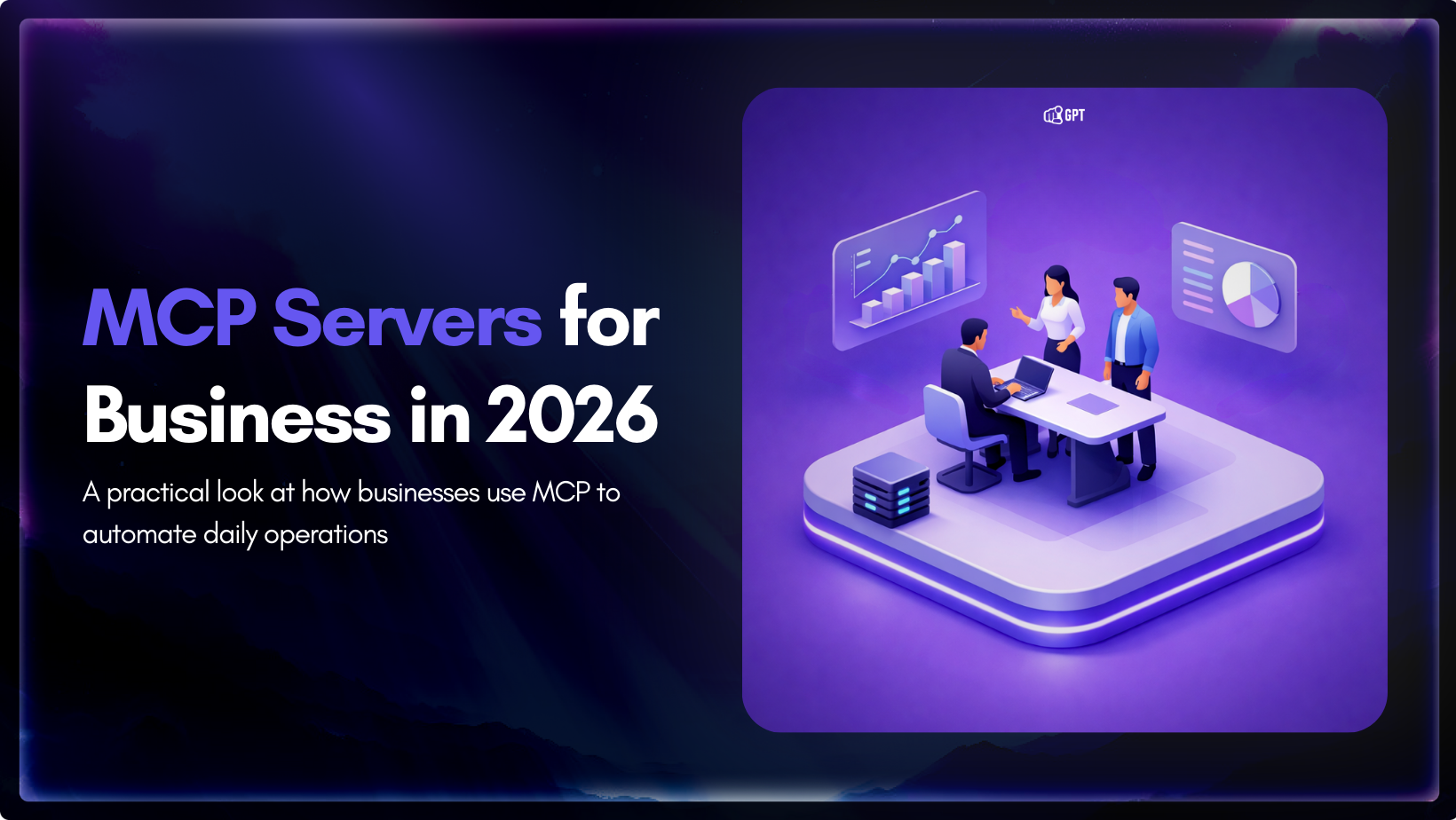
Growth-focused teams move faster when their tools work together instead of competing for attention. Modern development depends on multiple systems to ship code, review changes, monitor services, and access data. Each system serves a purpose, but routine work often means moving between dashboards, scripts, and internal tools. These small transitions shape how consistently a team […]

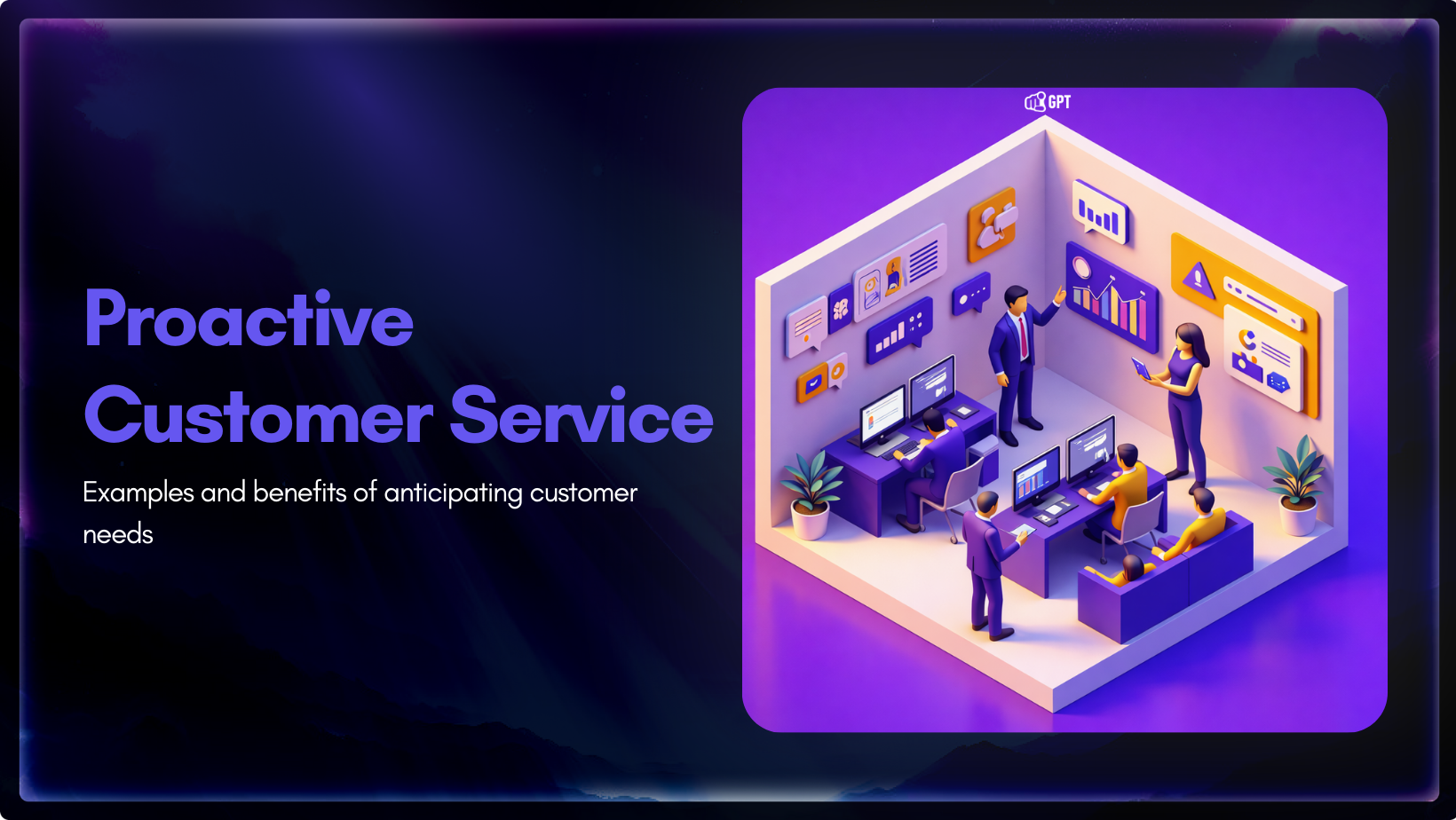
Most customer service moments begin long before a ticket is created. Something feels off. A payment does not go through. A delivery update stops moving. A user gets stuck at the same step and tries again. Customers usually pause, check, retry, and wait before they decide to ask for help. Proactive customer service works inside […]


AI has become a core part of how modern SaaS products are built and delivered. In 2026, customers expect intelligent assistance to be available throughout their journey, from onboarding and everyday product usage to support and account management. Inside SaaS teams, AI is increasingly used to speed up workflows, reduce repetitive tasks, and improve how […]

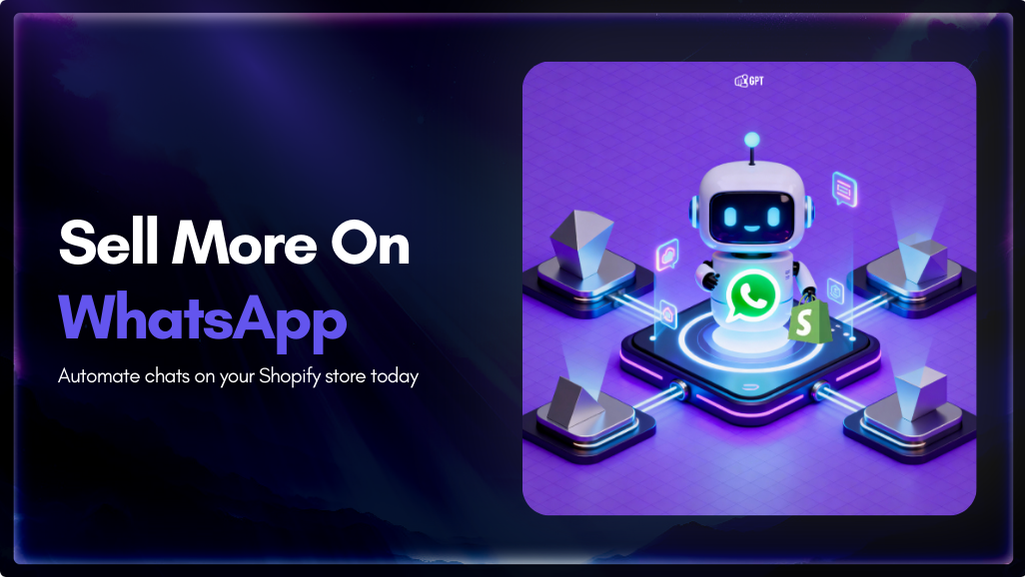
Shopify stores often use a chatbot on their website to handle product questions, order updates, and support. But customers also message on WhatsApp expecting the same quick answers. Most of them already use WhatsApp throughout the day, so reaching out there feels natural. A chatbot that works across both channels responds in seconds, guides purchase […]

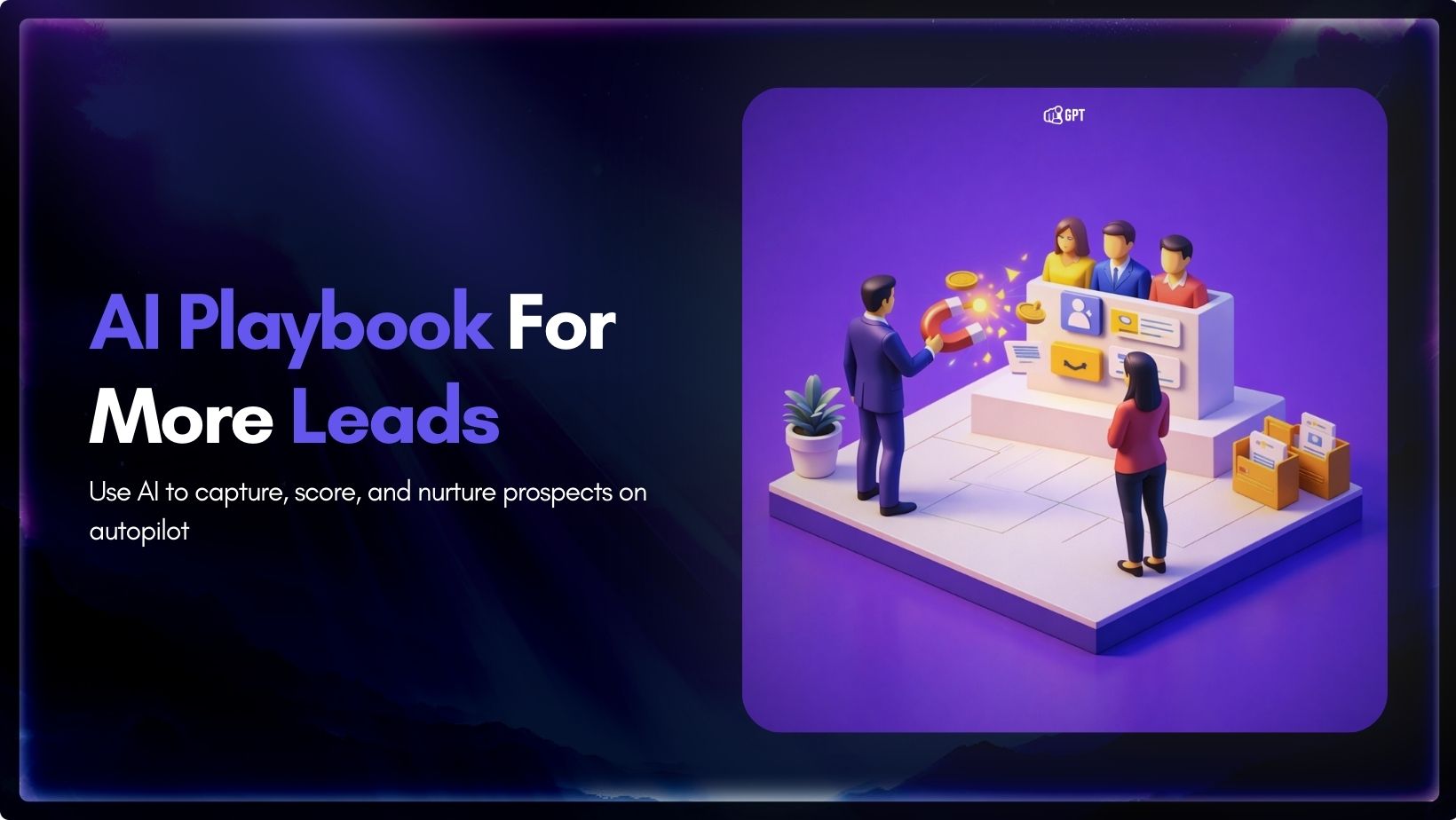
Most businesses do not struggle to generate leads. They struggle to know which ones are worth acting on. Forms get filled, DMs arrive, emails are opened, and chats happen across multiple tools. Some prospects convert. Most do not. The real problem is that there is no reliable way to tell, early enough, which signals actually […]

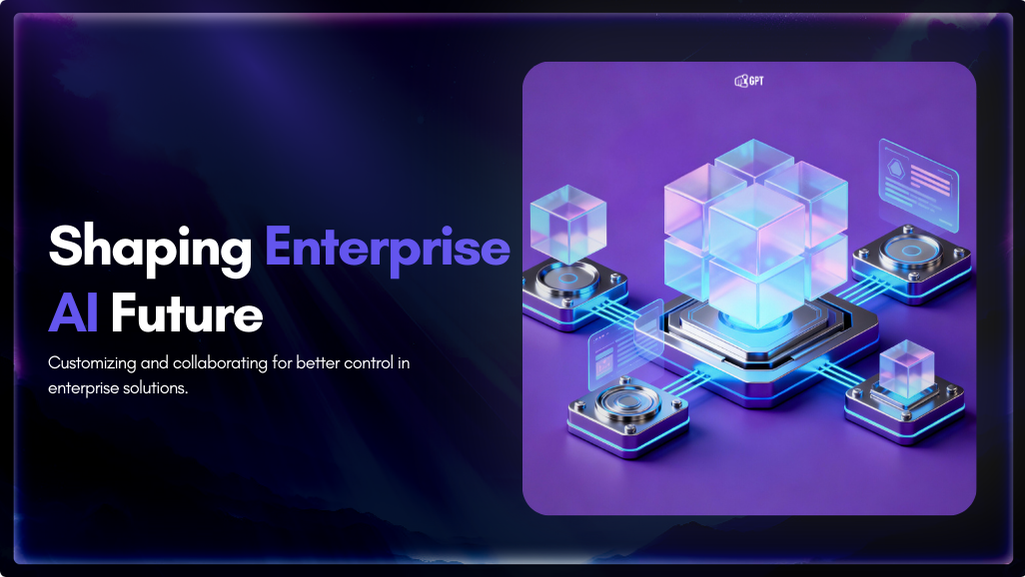
Artificial Intelligence has advanced quickly over the past five years, moving from an experiment to a standard component of modern business. AI has become a central part of enterprise strategy. 88% of organizations are now using AI. This figure has increased from 78% the year before. This transformation is reshaping how companies run, communicate, and […]
